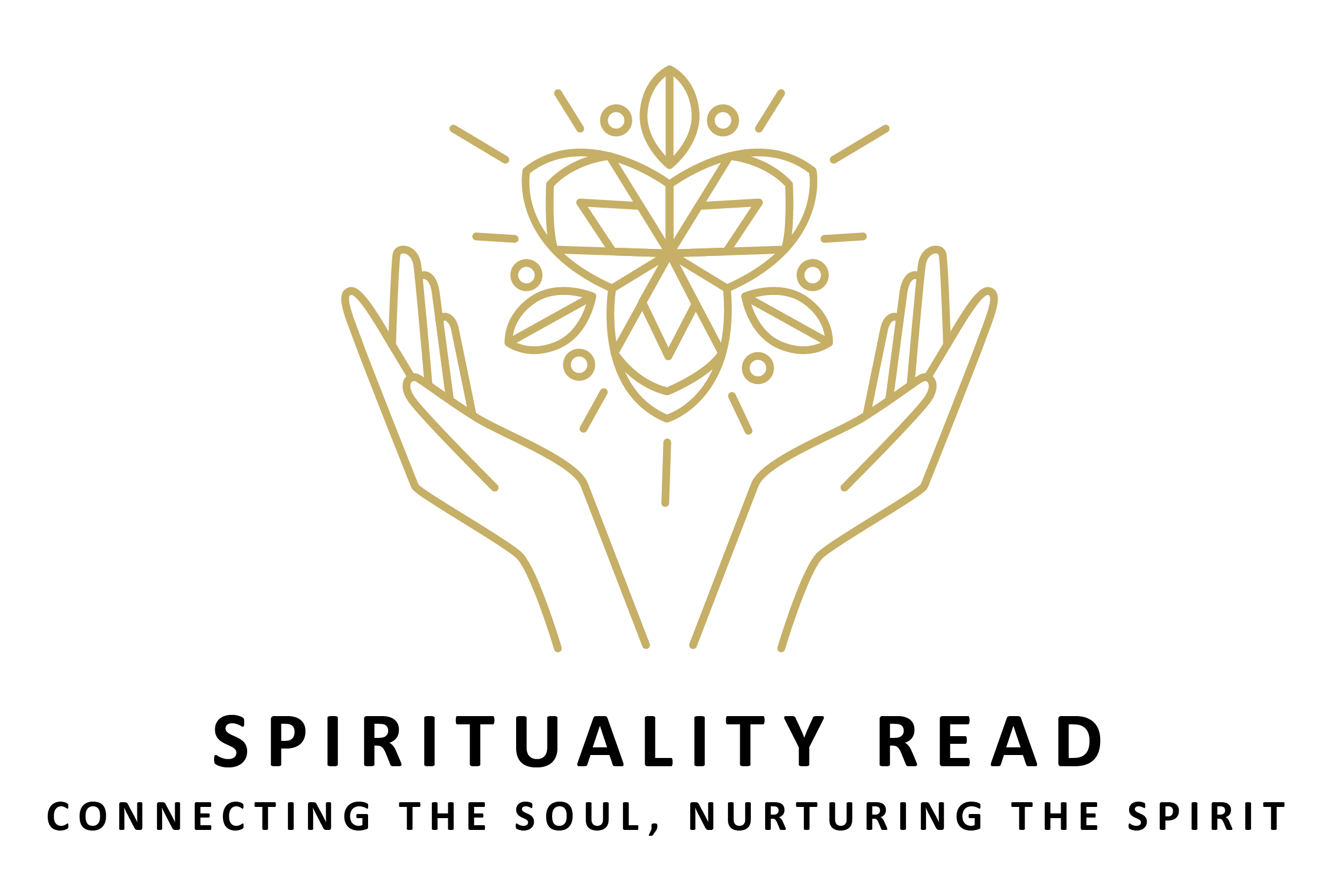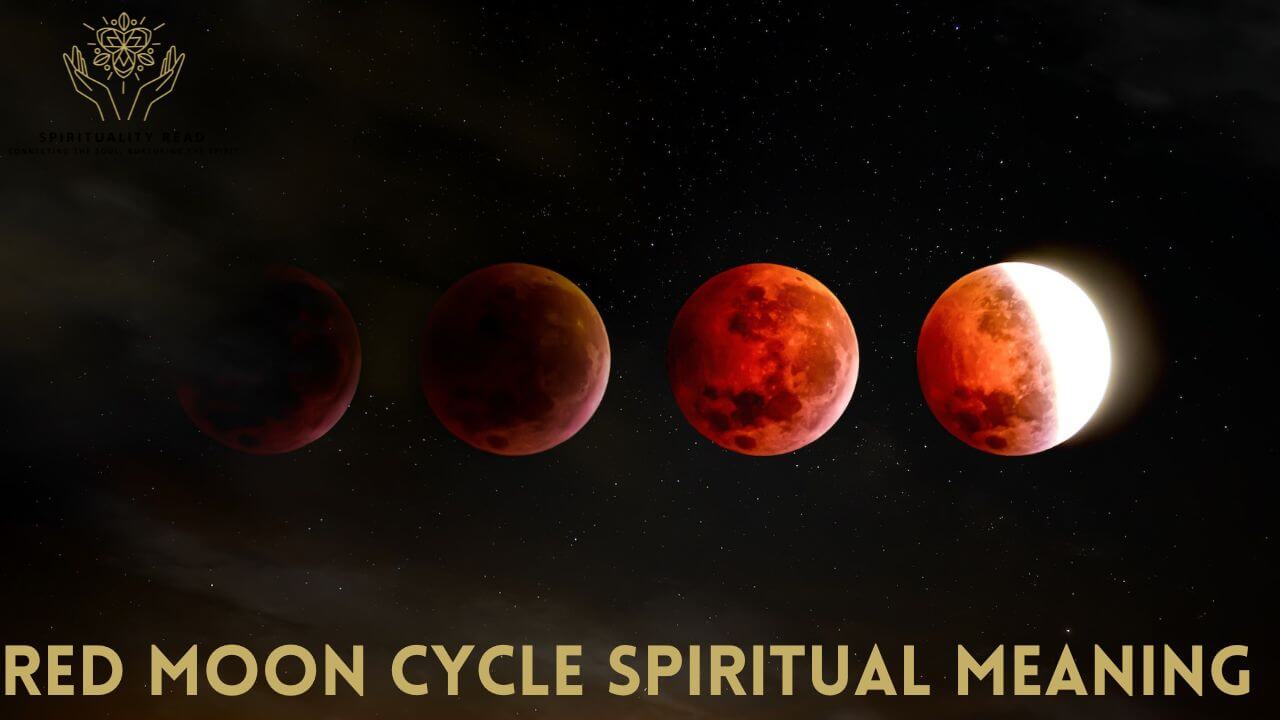The celestial dance of the moon has fascinated humanity for centuries, with each phase carrying its unique allure. One of the most captivating lunar events is the Red Moon cycle, an astronomical phenomenon transcending mere observation.
In this article, we delve into the spiritual meaning behind the Red Moon, exploring its significance across cultures, religions, and individual experiences.
Understanding the Red Moon Cycle
The Red Moon cycle, a captivating celestial phenomenon, unfolds as the Earth aligns perfectly between the sun and the moon during a lunar eclipse. This alignment bathes the moon in a mesmerizing reddish hue, creating a visual spectacle that has fascinated observers throughout history.
White moon cycle
This is the most common moon cycle, where the menstruation phase falls on the new moon, and the ovulation phase occurs during the full moon.
Red moon cycle
The ovulation phase of this cycle falls on the new moon, and menstruation starts around the full moon, and it’s a rare cycle.
Pink moon cycle
One of the unknown cycles is the pink moon cycle, where menstruation falls during the waxing phase of the moon and ovulation in the waning phase.
Purple moon cycle
The last is the purple cycle, where the menstruation falls on the waning moon phase and ovulation around the waxing moon.
Also Read: Period on Full Moon Spiritual Meaning
Phases of the Moon
The moon, Earth’s celestial companion, gracefully transitions through a series of phases, each offering a unique spectacle in the night sky. Understanding the moon’s phases unveils the intricate dance between the sun, the Earth, and the moon, shaping the mesmerizing lunar cycle.
Basics of Moon Phases
The moon’s phases result from its orbit around the Earth, with sunlight illuminating different portions of its surface. As the moon completes its orbit, observers on Earth witness varying amounts of its illuminated side, leading to the captivating phases we observe from our vantage point.
New Moon
The lunar cycle commences with the New Moon, where the moon is positioned between the Earth and the sun. In this phase, the side of the moon facing Earth is not illuminated, rendering it invisible to the naked eye. It marks the beginning of a new lunar cycle.
A Sliver of Light
Following the New Moon, a slender crescent begins to emerge. This phase, known as the Waxing Crescent, showcases a growing sliver of the moon’s illuminated side. The crescent gradually expands, revealing more of the moon’s beauty.
First Quarter
The First Quarter signifies the moon’s completion of one-fourth of its orbit around the Earth. At this stage, half of the moon’s visible side is illuminated, creating a striking half-moon shape in the night sky.
Approaching Full Splendor
The Waxing Gibbous phase unfolds as the illuminated portion of the moon continues to expand. More than half of the moon is now visible, building anticipation for the radiant spectacle of a Full Moon.
Full Moon
The Full Moon marks the peak of the lunar cycle when the entire side facing Earth is bathed in sunlight. This phase showcases the moon in its full splendor, casting a luminous glow across the nocturnal landscape.
Waning Gibbous
As the moon progresses through its cycle, it enters the Waning Gibbous phase. The illuminated portion decreases, but the moon remains captivating in the night sky, gradually waning towards the next quarter.
Last Quarter
The Last Quarter symbolizes the moon’s completion of three-quarters of its orbit. Half of the moon’s visible side is once again illuminated, but this time, it’s the opposite side from the First Quarter.
A Fading Crescent
In the final phase, the Waning Crescent, the illuminated portion of the moon continues to decrease. The crescent shape diminishes, and the moon transitions back to the New Moon phase, starting the cycle anew.
What Does It Mean When Your Period Syncs With The Full Moon?
Enter the captivating realm where menstrual cycles and the full moon share a mysterious dance. While scientific proof remains elusive, cultural beliefs and personal anecdotes suggest a subtle connection between a woman’s monthly rhythm and the lunar phases.
Theories range from gravitational influences to the moon’s luminosity impacting sleep and hormones. Some women feel an empowering synchronicity, though individual variations persist.
Whether seen as moon magic or a quirky facet of nature, this connection adds a fascinating thread to our cosmic narrative, highlighting the mystical interplay between women and celestial forces.
How Does A Full Moon Affect Females?
The impact of a full moon on females is a subject blending scientific inquiry with cultural beliefs. While direct scientific evidence is limited, some propose subtle connections, such as gravitational effects on bodily fluids and potential influences on sleep patterns and hormones.
Despite the lack of concrete validation, cultural beliefs often attribute heightened emotions or energy to the full moon. The interplay between the full moon and females remains a captivating blend of scientific curiosity and mystical allure.
Red Moon Cycles VS. Other Moon Cycles
The distinction between red moon cycles and other moon cycles adds an intriguing layer to lunar phenomena. While the traditional lunar cycles encompass phases like the full moon, new moon, and various crescent phases, the red moon cycle, associated with lunar eclipses, introduces a unique and captivating element.
Unlike the typical silver glow, a red moon emanates from the Earth casting a reddish hue on the moon during an eclipse. This rare occurrence has cultural and spiritual significance across various traditions, contributing to a rich tapestry of beliefs surrounding the moon’s diverse phases.
The red moon cycle stands out as a celestial spectacle, offering a distinctive twist to the more familiar lunar rhythms.
Conclusion
In the tapestry of cosmic wonders, the Red Moon stands as a beacon of spiritual significance. Whether viewed through the lens of ancient wisdom, astrology, or personal experiences, its allure remains timeless. Embrace the Red Moon’s transformative energy, allowing it to guide you on a journey of self-discovery and spiritual growth.

